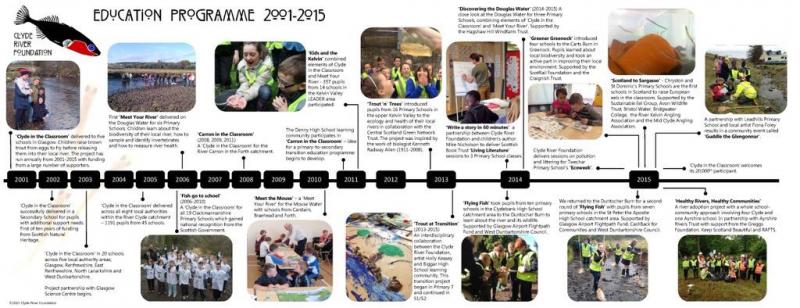Most rivers run through human settlements at some point during their length. Paradoxically, because the fragmented ownership (or previous water quality) of urban rivers has traditionally discouraged fly fishing clubs, the wild trout populations are often very healthy.
Andreas Explaining How Opinions and Practices Related to Wild Fish are Changing (see video below..)A regime of benign neglect (rather than removal of cover for insects and fish through over-zealous manicuring) and also the reduction of competitive or genetic impacts from extensive stocking often gives rise to some excellent wild trout fishing in urban settings. That is so long as the water quality is good enough and there is a viable source of colonisation for wild fish... So, perhaps there are additional benefits to both reducing the number of straying stock fish from heavily-managed rural reaches - and at the same time increasing the supply of well-adapted, stream-bred fish throughout the river system? The big question is - how do you hope to shift such a dominant and long-lasting practice in fisheries that are highly valuable in financial terms... ? Bearing in mind that such fisheries are also subject to some of the strongest rituals and codes of practice when it comes to both fishing and also...




